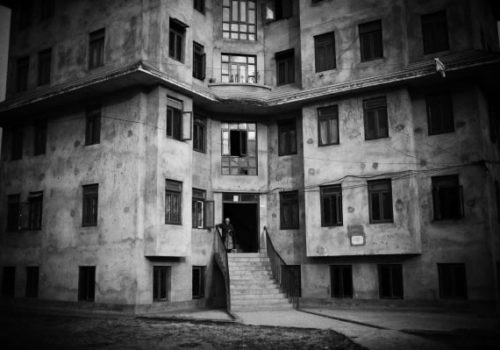Photojournalist Edwin Koo spent five years covering news for a newly founded Singapore newspaper. In 2008 he went freelance and moved to Nepal, where a monarchy going back two centuries had just been replaced by a Maoist government. His interest in displaced persons led him to the Tibetan exiles, who now number 20,000 in Nepal.
“More than fifty years have passed since 10 March 1959, when the Chinese army invaded Tibet and drove the Dalai Lama into exile. In the years that followed 80,000 of his fellow countrymen left to escape persecution. There are now some 140,000 Tibetans all over the world. Some regard their exile as temporary and have settled in Nepal. My fascination with them began in 2009, with the fiftieth anniversary of the failed uprising in Tibet, when a demonstration outside the Chinese embassy in Kathmandu was violently broken up by the Nepalese police. As the adrenalin died down, I began wondering just why the younger generation pine for their phayul [fatherland] where they had never set foot. What did this stubborn crusade mean? After all, today’s Tibet bears no relation to the one the elders fled from fifty years ago. Lhasa, now a tourist hub, is now home to more Han Chinese than Tibetans.
The Chinese flag flies in front of the Potala Palace. ‘Little Tibets’ have sprung up in the host countries and Tibetans living abroad can worship the Dalai Lama freely. In Tibet itself, possession of his photo can lead to imprisonment. So? So the issue is one of a ‘struggle’: Tibet remains an ideal that is very much alive in the hearts of the people I have photographed. As a Han Chinese by descent, and a third generation migrant living in Singapore, my home is there, and not in China. But watching Tibetans recreating their country in a foreign land, I have become aware of the other meaning of the word ‘home’. And I have asked myself, ‘Is Singapore really my fatherland?’ After two years in Nepal I’m not so sure any more.”
Françoise Huguier, curator
Text from the catalogue-book “Photoquai”, co-edited by Musée du Quai Branly- Actes-Sud
















